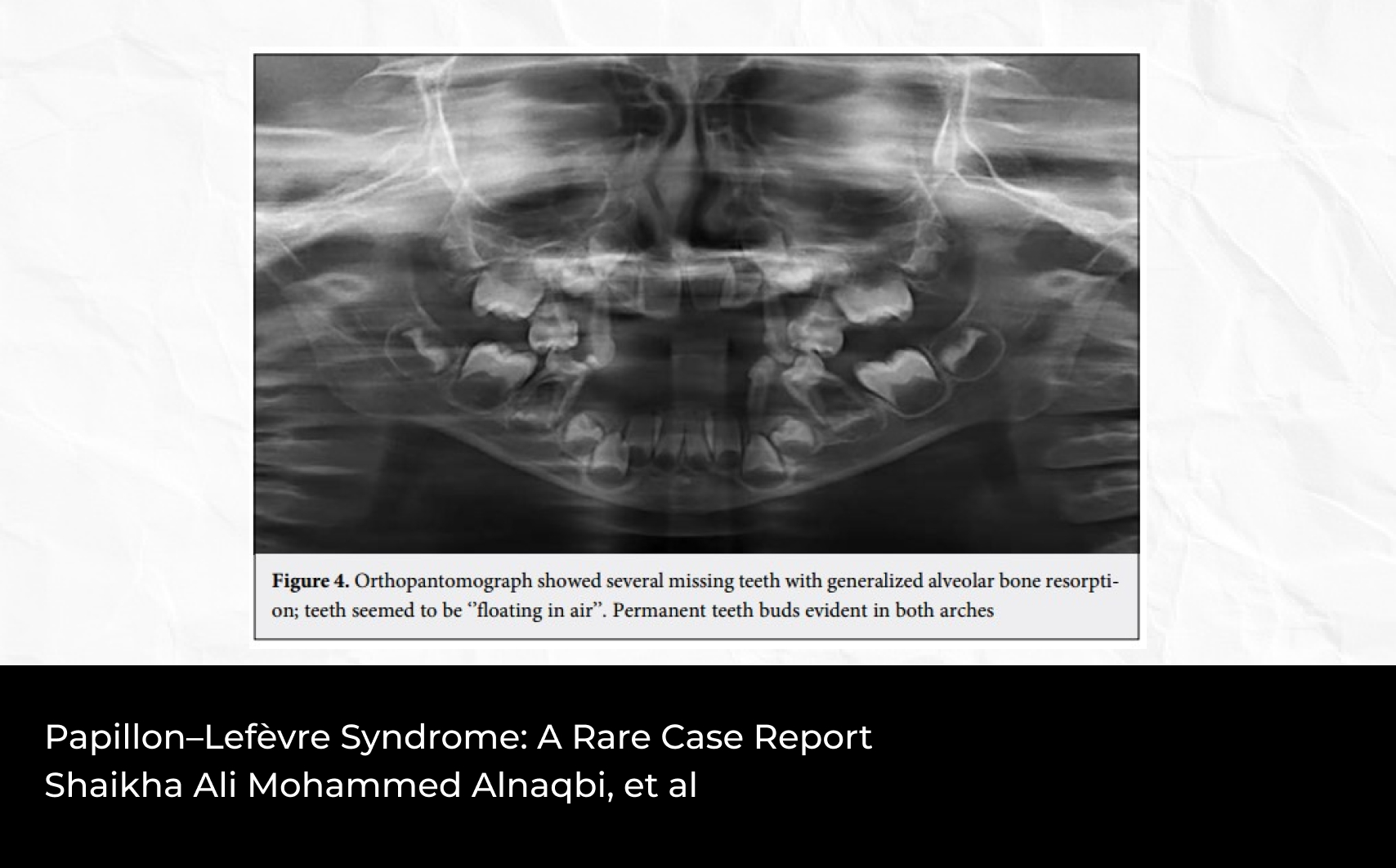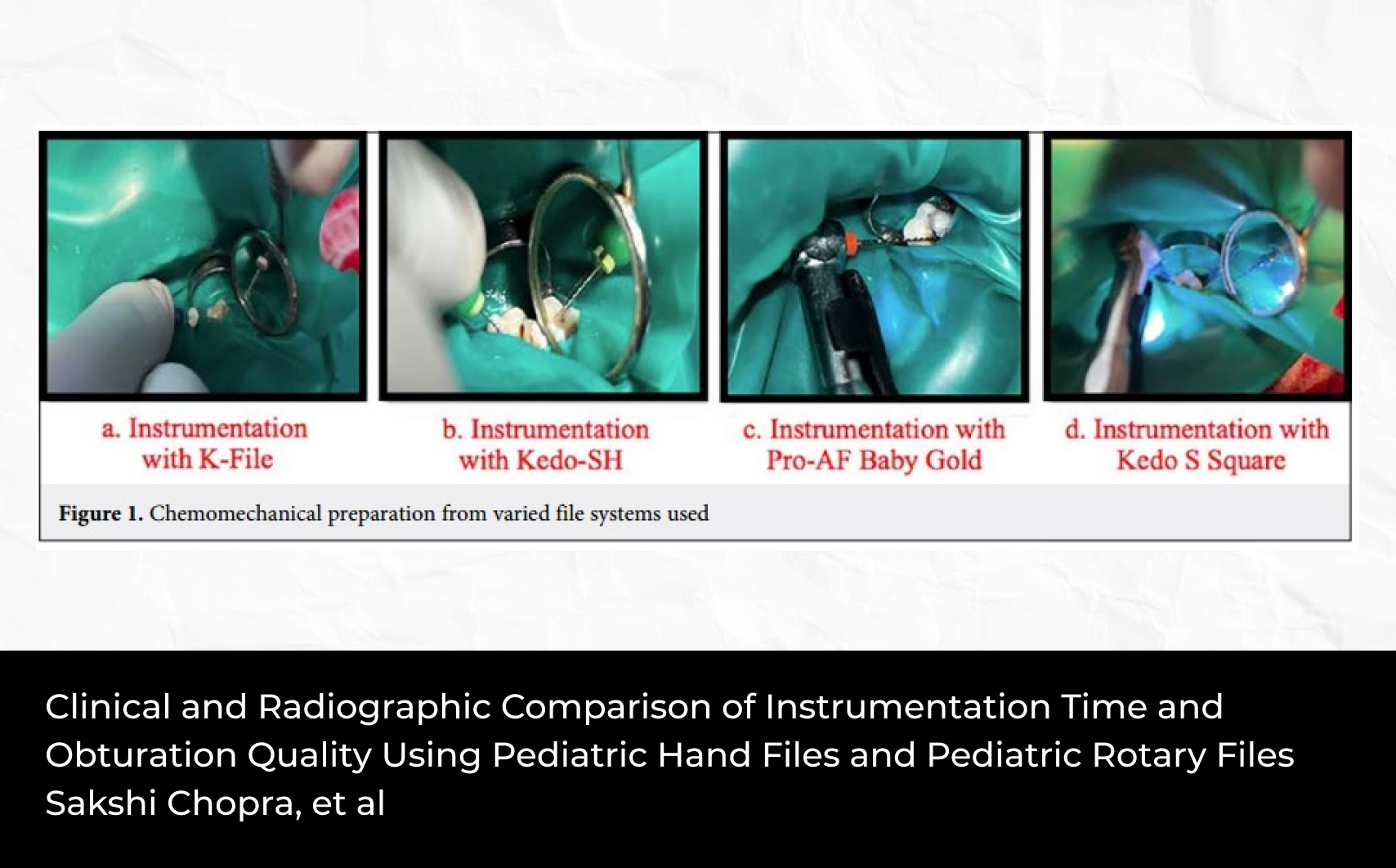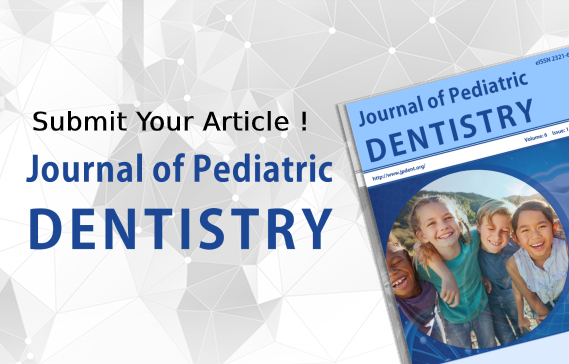2Centre of Paediatric Dentistry and Orthodontics Studies, Faculty of Dentistry, Universiti Teknologi MARA, Sg. Buloh Campus, Malaysia
Abstract
Tooth fusion is defined as the developmental dental anomaly in which two different tooth buds are fused into one during the development stage. It can involve both primary and permanent teeth, but its incidence has been found to be higher in anterior primary teeth involving mandibular anterior teeth. The etiology is unclear and may be related to physical pressure contact to
the germ and genetic predisposition. The treatment options can vary in each child depending on the tooth mobility, morphology of the root canal system, the clinical appearance of the fused teeth, and the presence of malocclusion. This article presents three case reports of dental fusion between primary lateral incisor with primary canine in three patients. More interesting, Case
2 and case 3 were relatives and having similar fusion teeth. Clinical and radiographic examinations demonstrated the presence of incomplete fusion between primary lower right lateral incisor and canine in all cases, with bilateral aplasia of the succedaneous lateral incisor in case 1, whereas a unilateral aplasia of the correspondent permanent lateral incisor was noted in case 2 and 3. A preventive approach was provided, a fissure sealant on the deep fissure between the incomplete fusion teeth was placed in all cases, and periodic reviews were scheduled to prevent possible caries formation. Early detection of this anomaly ensures timely and appropriate clinical interventions to be performed, leading to treatment with predictable clinical outcomes and long-term prognosis and to prevent future complications. Furthermore, the incidence of fusion teeth that occurred in the similar region, similar teeth with positive family history indicates supporting the evidence of the shared genetic control of dental developmental disturbances.














